Inside the UK’s first national LGBT+ museum: How Queer Britain is opening up our history to all
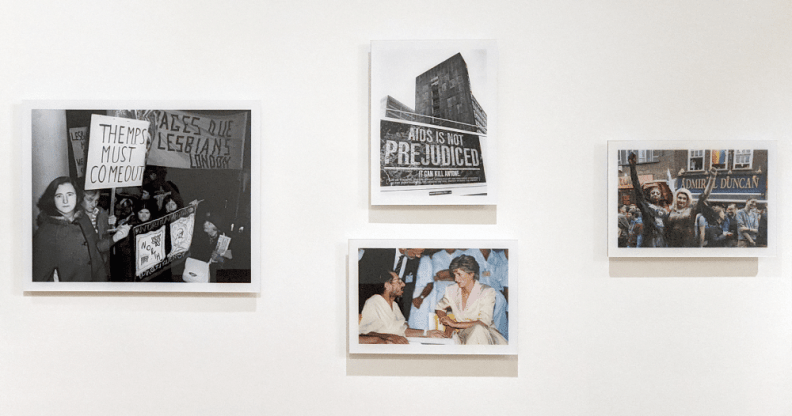
Queer Britain is about to open to the public. (Queer Britain)
The UK’s first national LGBT+ museum, Queer Britain, is finally opening its doors more than a decade after director Joseph Galliano began plotting the revolutionary space.
In 2007, Galliano was working as the editor of Gay Times magazine, and for the 40th anniversary of the partial decriminalisation of homosexuality in the UK, he commissioned a piece contrasting the experiences of four people who were adults in 1967 and four who were born after 1967.
He wanted to answer the question: “What do these people know about each other’s lives?”
“Turned out, not a great deal,” he said. “In fact, two of the younger people didn’t know that it had ever been illegal for them to be themselves.”
The huge gap he had witnessed in intergenerational knowledge and understanding of queer culture and history planted a seed, but it would be years before Galliano and the Queer Britain team would see “momentum build up around LGBT+ storytelling” which could be “captured and harnessed”.
On Thursday (5 May), Queer Britain will open its doors to the public for the first time after four years of hard work.
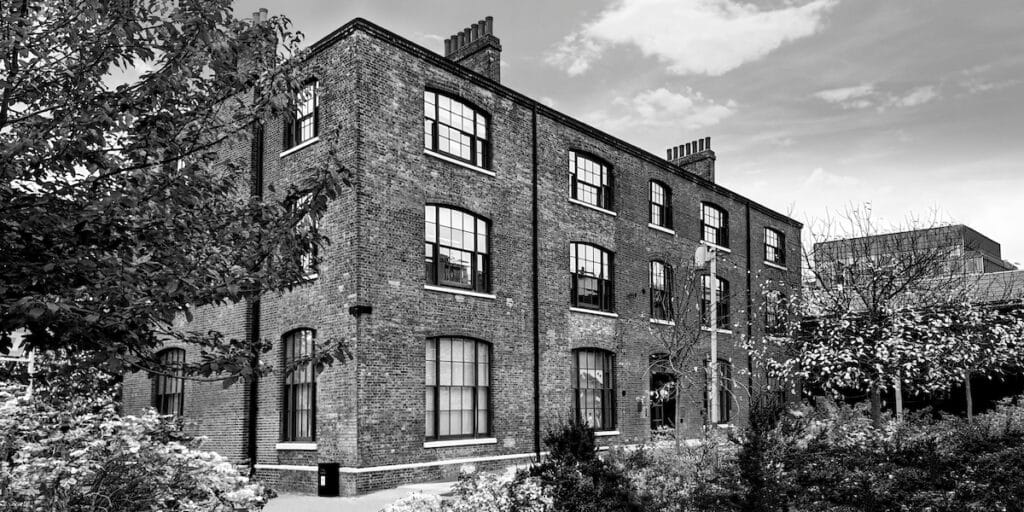
Queer Britain is located at 2 Granary Square, King’s Cross, London. (Queer Britain)
While the nation is home to a pencil museum, a lawnmower museum and even a baked bean museum, a museum dedicated to the LGBT+ community has never managed to get off the ground until now.
Galliano notes that there have been “a couple of attempts”, but that “sadly, nothing has got this far before”.
“It’s been a symptom of the kind of erasure that LGBT+ communities have experienced,” he said.
“Culturally, I think there’s a mass awareness that exists now, that I don’t think really existed 10 years ago.
“My mother, for example, being trans-supportive is something that is quite close to her heart, she talks about a lot in a way that maybe wouldn’t have occurred to her 10 years ago.
“I think that’s indicative of how the culture, thankfully, has shifted, and that can give you some good wind behind your sails.”
I want people to be seen, to feel celebrated.
For a young Galliano, a museum like Queer Britain would have made the world of difference.
“I’d been kind of really quite depressed about realising that I was not like other boys,” he recalled. “I had started down the route of self-harm, a kind of completely understandable response to that kind of alienation, and I found two things.”
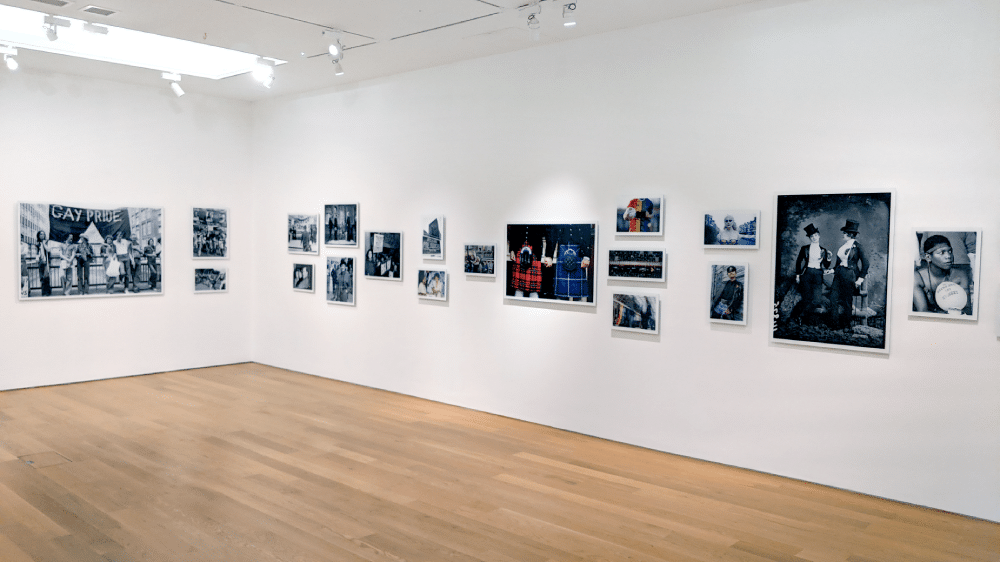
Queer Britain’s main gallery space. (Queer Britain)
The two things Galliano found were a 1905 copy of Oscar Wilde’s De Profundis in a jumble sale at the age of 14, and Tom Robinson’s song “Glad to be Gay”.
In the copy of De Profundis, he said, “somebody had written up a poem”.
“I’m going to misquote this, but they’d written: ‘One more fight, and I will laugh to scorn the scoffers of my fate, and I will conquer.’ They had underlined, ‘I will conquer.’
“I just knew when I saw this… I knew why they’d written that, they’ve had to assert themselves in the margins of a book.”
Discovering Robinson’s iconic 1978 song also made Galliano “feel seen”: “It also made me feel that not only was I OK for being who I was, but maybe I could be a bit pissed off at the way that people have been treated.”
He added: “So, to have a space where I could have walked in and been un-complicatedly celebrated and welcomed, and had a place to explore where I’d come from… That would have been enormously valuable.”
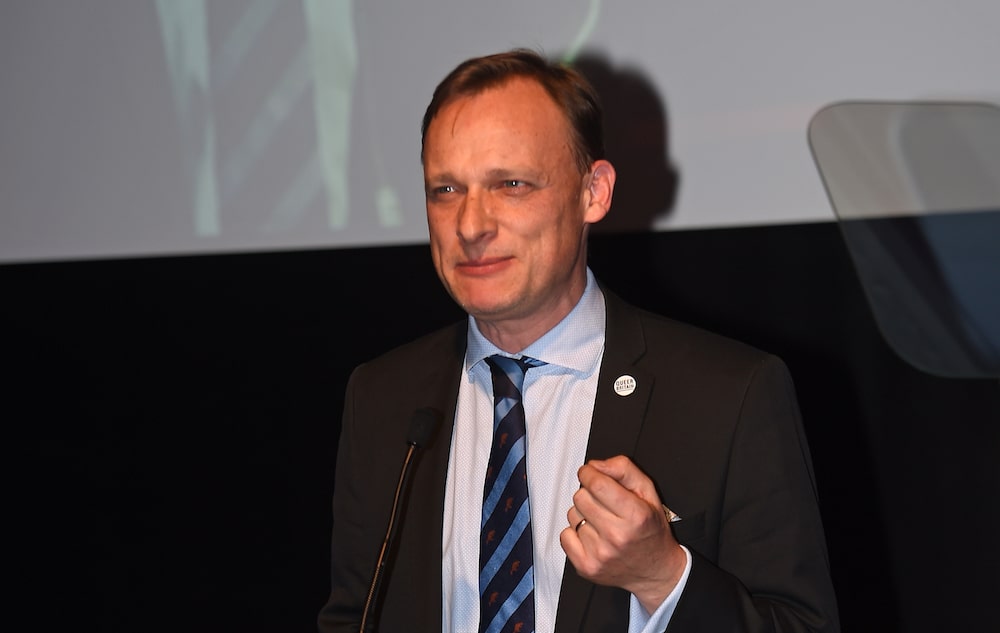
Queer Britain director Joseph Galliano speaks on stage at the 2019 Rainbow Honours. (Getty/ Stuart C Wilson)
Queer heritage and LGBT+ cultural history is unique in that it’s rarely passed down through families, or through communities based in a certain location, and so is jagged and harder to preserve.
But this preservation is vital, said Galliano, and Queer Britain has the opportunity to teach young LGBT+ people about their culture and history.
“I want people to be seen, to feel celebrated,” he said.
“I want people to feel like they’re connected to a deeper heritage, that they haven’t just emerged from nowhere. I want people to look backwards in order to be able to understand who they are now. So that we can all imagine the best of all possible futures together.”
Being the first of its kind makes the opening of Queer Britain high stakes, and Galliano has put a lot of thought into inclusivity – the museum is free, it’s accessible, and it fiercely emcompasses all folk under the queer umbrella.

Queer Britain explores the both the difficult and joyous stories of our community. (Queer Britain)
“This wasn’t about creating a space that was, again, just about men, or just about white men,” he explained.
“We had an opportunity to create a platform, to create space, filled with trans people’s stories, women’s stories, stories of people of colour, that would look at some of the hard stories, but also would be a joyous celebration of those communities as well.”
Queer history is being made right now
Of course, queer history is still being made, and Queer Britain will be continously evolving.
“I’m sad to say that I think some of the attempts to split off the T from the LGB [will make history],” said Galliano.
“I think that will be important to remember… Trans people are having to have the idea of thier existence up for negotiation. But there have always been trans people, there always will be trans people, and they deserve exactly the same rights, support and love.”
“I wouldn’t be surprised if some of those placards from the protest to ban trans conversion therapy [were in the museum in the future],” he added.
Queer Britain is only possible because of the “mass awareness” Galliano talks about, the cultural shift that has seen the masses celebrating and embracing LGBT+ history.
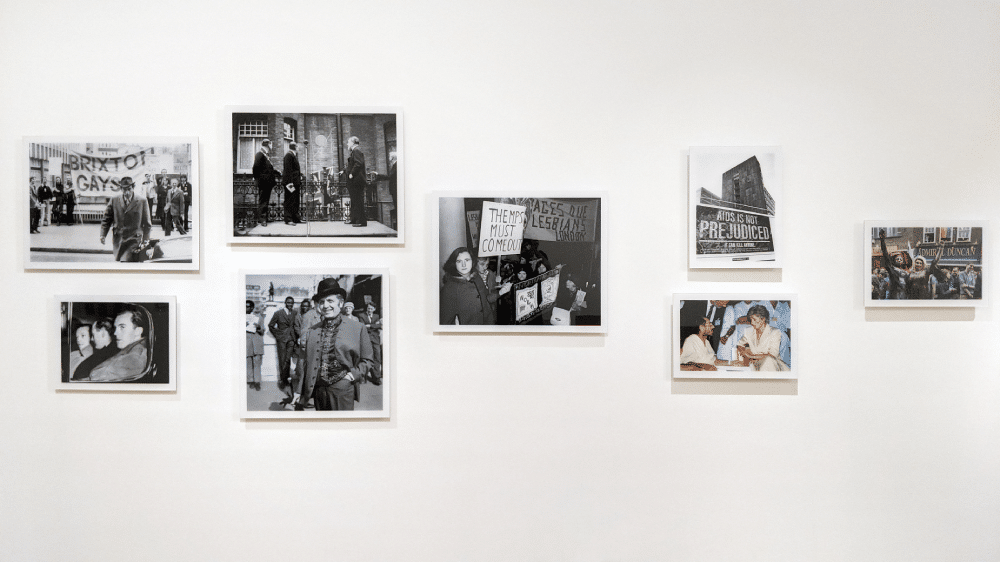
Queer Britain is located in Kings Cross, London. (Queer Britain)
One of the moments Galliano says marked this shift was the Queer British Art exhibition at London’s Tate Britain in 2017, marking the 50th anniversary of decriminalisation.
But a permanent, national museum marks another step forward, making sure that “queer storytelling and histories are not just about anniversaries” – and that those cis, straight masses are involved, too.
“I want them to recognise their siblings, Galliano said. I want them to feel the same sense of freedom that we should all feel, and just be interested. I want people to come away being stronger allies than they might have been when they came in.
“And I keep coming back to the idea of a young person who’s just come out to their parents. I want this to be a place that they can both come to together. Both feel like they are part of it.”
Queer Britain is located at 2 Granary Square, King’s Cross, London, and opens to the public on Thursday (5 May).

